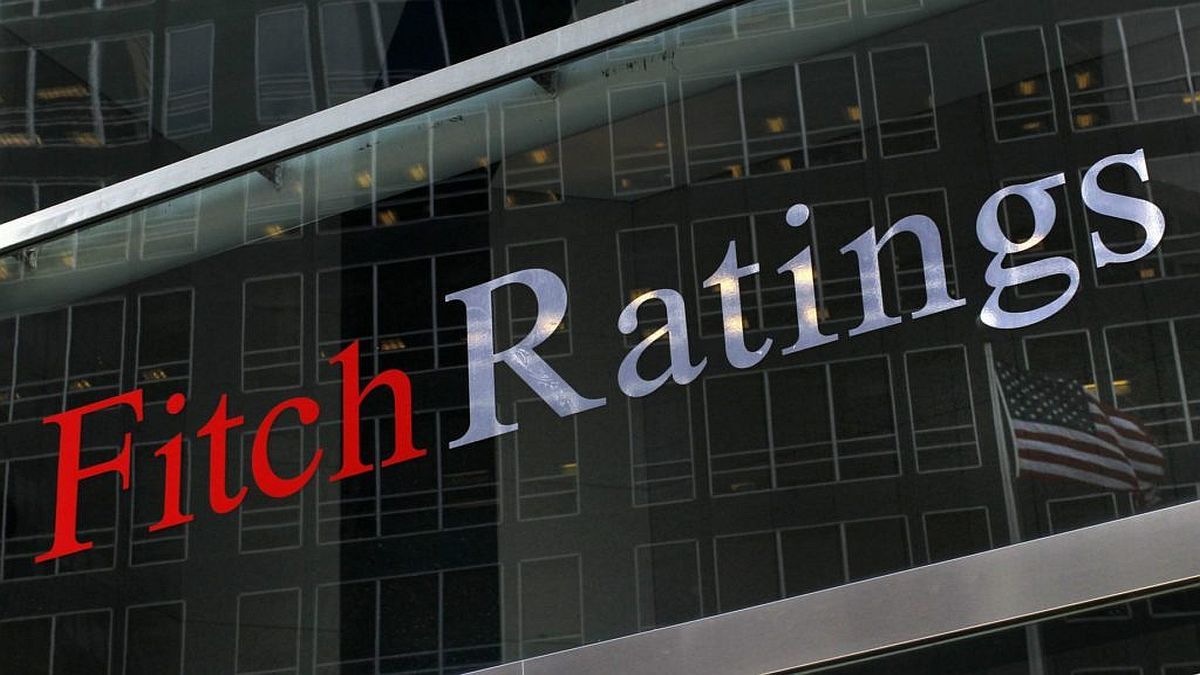The agency explained that the improvement for the current exercise is based on the improvement of confidence in the prospects for European recovery, that China’s export sector is reactivated and that domestic demand in emerging markets excluding China shows stronger momentum.
Specific, They revised eurozone growth upwards by 0.2 percentage points, to 0.8%, and China’s growth from 4.5% to 4.8%. In addition, they point out that the US is slowing, but only gradually, and its growth forecast for 2024 remains unchanged at 2.1%.
“The expected turn towards the easing of global monetary policy is taking shape: the European Central Bank (ECB) recently cut rates and is expected to US Federal Reserve (Fed) and the Bank of England (BoE) do the same in the third quarter of 2024. But inflation is surprisingly persistent and we now expect global rates to fall at a slower pace over the next 12 to 18 months,” they stated in their report.
Fitch: the growth estimate for 2025
Already facing 2025, they predict that global growth will reduce to 2.4% as US growth slows to a below-trend rate of 1.5% and growth in the eurozone rebounds to 1.5%. They also expect growth in China to fall to 4.5% next year as exports and public spending slow.
“The European recovery prospects are on firmer footing As the terms of trade and energy shock reverse, energy-intensive industries begin to recover in Germany and real wages recover. “Stronger real incomes will boost spending by households with strong financial cushions, while the burden of the ECB’s previous tightening diminishes,” they noted.
What will happen to the US economy
On American economyhighlight that “it is slowing down As last year’s huge fiscal boost fades, imports recover and credit growth remains weak. But household sector labor income continues to grow at an acceptable pace and the strength of household finances does not point to a sudden jump in the savings rate.”
On your side, “domestic demand has weakened in China as the housing market collapse worsens and private consumption growth remains anemic. But fiscal policy is easing and exports have recovered, contributing to real GDP. However, deflationary pressures are widespread,” they said.
GDP (1).jpg
For Fitch, the US economy is slowing down due to the fiscal deficit.
Growth: the key role of Central Banks
According to the global monetary policy, They comment that the cycle is entering a new phase in which rates will fall slowly but to levels that will continue to restrict demand.
“We hope that the ECB will cut rates twice more this year and the Fed will begin cutting in September with another cut in December. This is later than we expected, reflecting the stagnation of disinflationary momentum in the first four months of the year. But wage growth in the US is gradually cooling,” they added.
However, they consider that central banks “remain cautious” in relaxing its policies too quickly, especially in light of high services inflation. “The pressures of rising labor costs and housing rents and the normalization of relative price trends keep services inflation elevated.”
Source: Ambito




